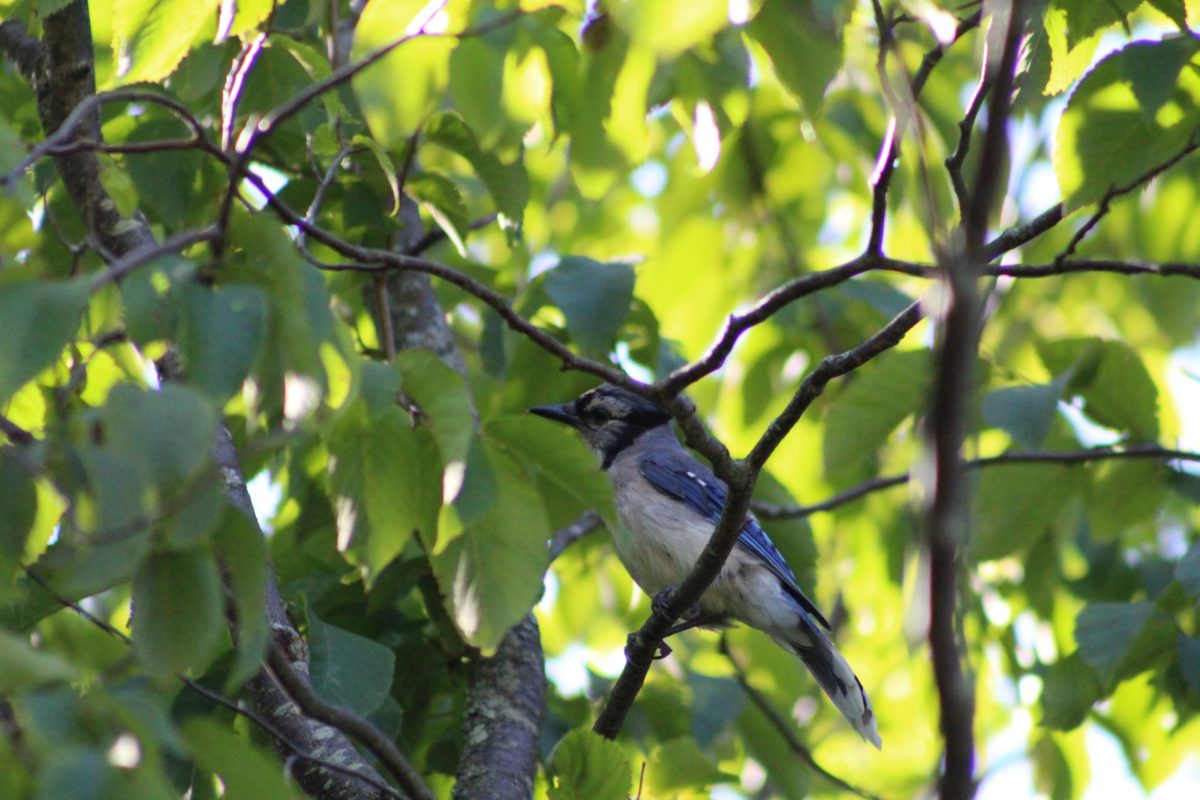On Monday, a series of presentations on campus will seek to raise awareness about environmental problems and inspire students to become a part of the solutions.
The goal of the event — which will include presentations on renewable energy, metallic sulfide mining, invasive plant species and the impacts of industrial development on indigenous peoples — is to inform and inspire students, said Aimee Cree Dunn, a Native American Studies adjunct instructor at NMU.
The series of presentations will be a day-long event called the Indigenous Earth Summit. Registration for attendees will begin at 8:30 a.m. on Monday, April 6, in the Great Lakes Rooms of the University Center. The presentations will begin at 9:15 a.m.
“We chose the word ‘summit’ intentionally, because it functions as a call to action,” said Dunn, the event’s coordinator. “People come, get educated and then they go out and act.”
Dunn said a major hope for the summit is to show the NMU community ways that indigenous people from around the world deal with ecological issues such as global climate change and industrial pollution, and also to demonstrate how these problems affect U.P. residents and students.
“These aren’t just indigenous issues. They affect everybody,” said Dunn. “We love our land up here, we love our wilderness, but we also have to deal with pollution like mercury in Lake Superior, which is coming from outside our area.”
Alaskan Native American and environmental activist Evon Peter will deliver the keynote speech at 7 p.m.
His speech, “An Arctic Perspective on the Eco-Challenges Facing our Generation,” will address issues like global climate change and the importance of people who are now in their 20s being able to find a solution.
Peter’s tribe is located next to the Arctic National Wildlife Refuge (ANWR) in Alaska. He has opposed oil-drilling in the region and has been active in protecting the caribou herds near his tribal lands.
“I think it is interesting that he is coming from a rural area and a very traditional culture,” said Dunn, “I think a lot of folks will relate because they are from rural U.P. and are a part of the hunting culture.”
According to Dunn, local species of animals have been poisoned from pollutants that follow wind patterns into the Arctic, and the physical structure of the region has been devastated by rapid ice melt.
“What’s happening in the Arctic is going to happen everywhere, the question is, ‘What can we do?'” Dunn said.
The summit’s approximately 30 presenters will all address waterway conflicts (the damming of rivers on reservations), U.P. wheat management and the preservation of indigenous world heritage sites in northern Manitoba, said English graduate student Kyle Bladow, a member of the summit’s planning committee.
Bladow will speak on “The Birchbark House” a novel by Louise Erdich, and will also focus on how food was gathered and hunted in that time period and about how food can still be gathered in the U.P. wilderness today.
“There’s food outside of supermarkets around here,” he said “There’s wild rice, maple sugar, blueberries and game like deer and moose.”
In keeping with the summit’s theme, organizers will offer attendees who pre-registered a free luncheon consisting of local foods such as whitefish and wild rice.
“We tried in our planning to include as many local options as possible and to feature traditional foods as well, to represent local traditional cultures,” said Bladow.
According to Mike Robinson, a junior environmental conservation major and Native American studies minor, many of the presentations at the summit will deal with issues concerning resource exploitation, like uranium mining, on Native American reservations.
From his experiences spending time on Navajo reservations near his family home in the Southwest, Robinson said that many indigenous people are against stripping the land of its resources.
“It’s difficult for Native people to respond to these issues when they lack infrastructure, like finances and education on the reservations,” he said.
Robinson said the summit will help educate about the environmental issues that Native Americans face and what people can do to help solve these problems.






















